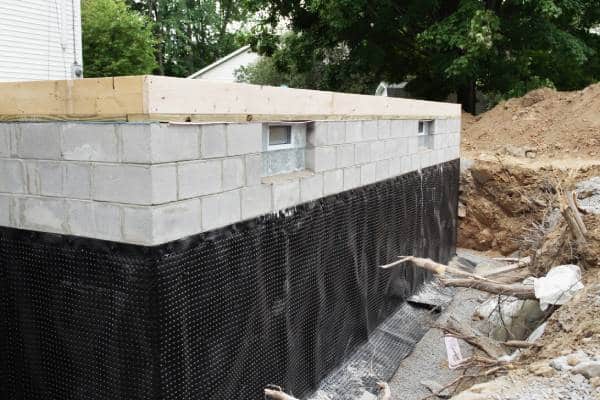Best Practices for Exterior Waterproofing in the Bay Area
Ensuring the longevity and structural integrity of a building starts from the ground up, and one of the most critical aspects of construction is exterior waterproofing. The building envelope serves as the barrier between the interior and exterior environments, safeguarding against water infiltration and moisture damage. Whether you’re constructing a new building or renovating an existing structure, proper waterproofing is essential. Here are five key tips to effectively waterproofing your building envelope:
- Choose High-Quality Waterproofing Materials: The success of any waterproofing project heavily relies on the quality of materials used. Opt for high-quality foundation waterproofing membranes, coatings, and sealants that are specifically designed for the intended application. Consider factors such as durability, flexibility, and compatibility with other building materials. Investing in premium materials upfront can prevent costly repairs and damage down the line.
- Address Weak Points and Vulnerable Areas: Identify and address weak points and vulnerable areas in the building envelope where water intrusion is most likely to occur. These areas typically include joints, transitions, penetrations, and connections between different building components. Apply additional layers of waterproofing materials or utilize specialized techniques such as flashing, caulking, or expansion joints to reinforce these areas and create a seamless barrier against moisture.
- Implement Proper Installation Techniques: Proper installation is crucial for the effectiveness of waterproofing systems. Follow manufacturer recommendations and industry best practices during installation to ensure optimal performance. Pay close attention to surface preparation, substrate conditions, temperature, and environmental factors to achieve a secure and durable waterproofing assembly. Consider hiring experienced professionals with expertise in waterproofing to handle complex installations and ensure precision.
- Regular Inspection and Maintenance: Even the most robust basement waterproofing in the Bay Area requires regular inspection and maintenance to remain effective over time. Establish a proactive maintenance schedule to inspect the building envelope for signs of damage, wear, or deterioration. Look for cracks, leaks, pooling water, or discoloration that may indicate potential issues. Promptly address any identified problems by repairing or replacing damaged waterproofing materials to prevent further damage and maintain the integrity of the building envelope.
- Integrate Drainage Systems: Effective drainage is essential for managing water runoff and preventing moisture buildup around the building envelope. Integrate proper drainage systems such as gutters, downspouts, and slope systems to direct water away from the structure and minimize the risk of water infiltration. Ensure that drainage systems are properly installed, free of debris, and adequately maintained to prevent blockages and ensure optimal performance during heavy rain events.
Importance of Exterior Waterproofing in the Bay Area
In conclusion, waterproofing the building envelope is a critical aspect of construction and renovation projects to protect against water damage and preserve the structural integrity of buildings. By following these five key tips – choosing high-quality materials, addressing weak points, implementing proper installation techniques, conducting regular inspection and maintenance, and integrating effective drainage systems – you can effectively waterproof your building envelope and ensure long-term durability and performance. Investing in proper waterproofing upfront can save you time, money, and headaches in the future while providing peace of mind knowing that your building is well-protected against the elements.


